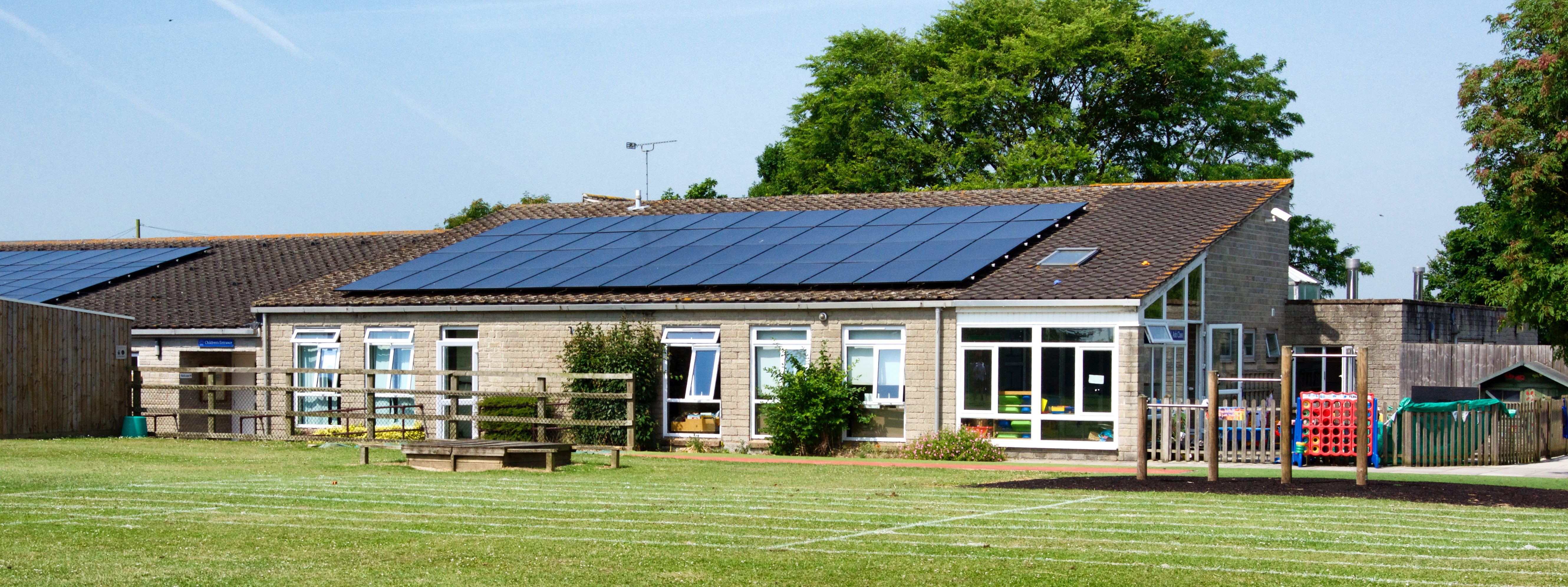Maths
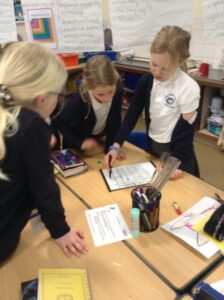 Maths @ Long Sutton Primary School
Maths @ Long Sutton Primary School
Belief + Hard Work + Understanding = Success
Vision
Mathematics is an important creative discipline that helps us to understand and change the World. We want all pupils at Long Sutton Primary School to experience the beauty, power and enjoyment of mathematics and develop a sense of curiosity about the subject.
At Long Sutton Primary School, we foster positive ‘can do’ attitudes, believe all children can achieve in mathematics, and teach for secure and deep understanding of mathematical concepts. We use mistakes and misconceptions as an essential part of learning and provide challenge through rich and sophisticated problems.
Curriculum Intent
We aim for all pupils to:
+ Become fluent in the fundamentals of mathematics so that they develop conceptual understanding and the ability to recall and apply knowledge rapidly and accurately.
+ Solve problems by applying their mathematics to a variety of problems with increasing sophistication, including in unfamiliar contexts and to model real-life scenarios.
+ Reason mathematically by following a line of enquiry and develop and present a justification, argument or proof using mathematical language.
+ Have an appreciation of number and number operations, which enables mental calculations and written procedures to be performed efficiently, fluently and accurately.
Implementation
Sequence of Learning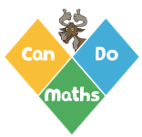
All classes follow the CanDo curriculum, therefore ensuring there is a clear sequence of learning.
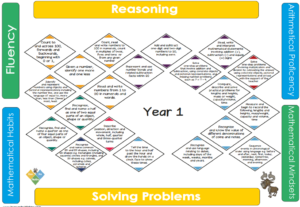
A clear progression of knowledge is the result of our carefully sequenced curriculum. This can be seen in our year group knowledge organisers.
The children learn a range of calculation strategies as they move through the years. The progression of these can be seen in our Calculation progression.
CanDoMaths_CalculationPolicy 2022
A Typical Lesson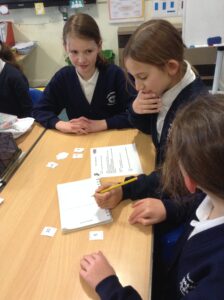
Learning together + Support & Challenge
- Clear learning objective
- Each manageable step building on from the last
- Quality first teaching, adapted to allow SEND pupils to access the curriculum at a relevant level.
Number Facts Fluency
In Key Stage 1, the children follow the Number Sense Maths number facts fluency programme, which is a scheme of work focused entirely on addition and subtraction fact teaching, providing the structure and depth to number fact teaching that children need to achieve fluency.
The addition and subtraction grids show all the addition and subtraction facts children need to become fluent in.
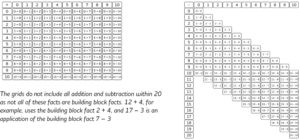
These essential facts are the equivalent of times tables for addition and subtraction: all future addition and subtraction calculations use these building block facts. The programme teaches children fluency in these addition and subtraction facts through reasoning about relationships between numbers, quantities and calculations. The programme moves children beyond counting on their fingers to calculate these facts.
Using the 12 strategies taught with the programme, children ‘use what they know to work out what they don’t know’.
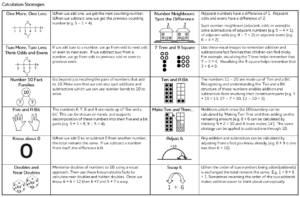
Explicit teaching of derived fact strategies is the most effective route to fluency in addition and subtraction facts. Teaching counting on approaches such as telling children to put the bigger number in their head and count on, or alternatively telling children to memorise facts, does not lead to fluency in all addition and subtraction facts for many children.
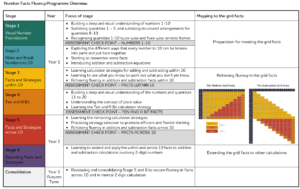
The programme provides a route to move all children away from counting on their fingers by the end of Key Stage 1, with consolidation continuing into the Autumn term of Year 3. The intention is that every child achieves fluency in addition and subtraction facts and possesses a deep understanding of number and number relationships, allowing for effortless recall of these facts and avoids cognitive overload in Key Stage 2.
EYFS
The Early Years Number Sense Programme meets key elements of the educational programme for mathematics in the 2021 statutory framework for the early years foundation stage. The programme is organised in such a way that it is used as the central structure and resource for the teaching of number for our Reception children.
programme-principles-and-progression
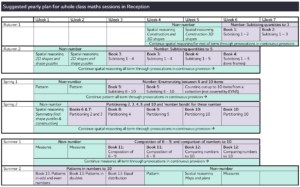
reception-yearly-overview-plan
Spatial Reasoning
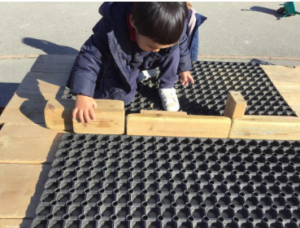 Spatial reasoning is a fundamental part of our EYFS mathematics curriculum. It involves our interpretation of how things, including ourselves, relate to each another and our spatial environment. We engage spatially all the time, from babies reaching for a toy to adults calculating how much paper to cut to wrap a present. We use it every day to navigate in and around our environment, to identify, manipulate and manoeuvre objects as well as to communicate and make sense of visual images and schematic maps and diagrams. Spatial reasoning involves interpreting images and creating representations, enabling us to predict and solve problems. It includes recognising objects by their shape, finding things, navigating around, fitting things together and into spaces.
Spatial reasoning is a fundamental part of our EYFS mathematics curriculum. It involves our interpretation of how things, including ourselves, relate to each another and our spatial environment. We engage spatially all the time, from babies reaching for a toy to adults calculating how much paper to cut to wrap a present. We use it every day to navigate in and around our environment, to identify, manipulate and manoeuvre objects as well as to communicate and make sense of visual images and schematic maps and diagrams. Spatial reasoning involves interpreting images and creating representations, enabling us to predict and solve problems. It includes recognising objects by their shape, finding things, navigating around, fitting things together and into spaces.
For many children, spatial thinking develops from recognition to visualisation and representation:
- Recognition of spatial and shape properties through sensory experiences
- Visualisation – imagining and manipulating spatial information in the mind’s eye, involving memory and prediction
- Representation – gesture, language, modeling and 2D representations including pictures, drawings, maps, graphs and schematic diagrams.
Key aspects of spatial reasoning include:
- Spatial relations: position, direction and routes, perspective-taking, transformations
- Objects and images: composing and decomposing shapes, transformations (including symmetry and tessellation)
Times Tables
To achieve well in maths throughout school, children need to be able to recall any times tables (up to 12x) and answer within two or three seconds. This leaves no time for counting up to the answer from 2x, 3x, 4x etc. and is called ‘fluency’.
Whether children have achieved this standard of fluent up to 12x will be measured in Y4, with the National Multiplication Check test.
At Long Sutton, we subscribe to TTRockStars.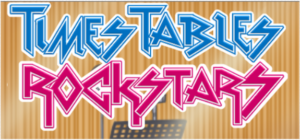 This is a system that the children use to practise the instant recall of their multiplication and division facts.
This is a system that the children use to practise the instant recall of their multiplication and division facts.
When it comes to times tables, speed AND accuracy are important – the more facts a child remembers, the easier it is for them to complete harder calculations. Times Table Rock Stars is a fun and challenging programme designed to help children master the times tables. To be a Times Table Rock Star they need to answer any multiplication fact up to 12×12 in less than 3 seconds!
World famous rock musicians are the best at what they do because they’ve spent hours practising guitar chords, writing music or playing on the drums. It’s just the same with times tables – all Times Table Rock Stars need to practise and practise and practise. Research shows that daily practise is the best strategy for children to learn these important facts. Short bursts of daily practise are much more effective than spending hours once a week.
Parental support is critical in this area. For children to be fully motivated and for them to get the best out of the practice, they need an adult’s help. Without a Parent’s praise and reminders, without sitting down together or checking their work, practising times tables will not feel important.
TTRockstars
